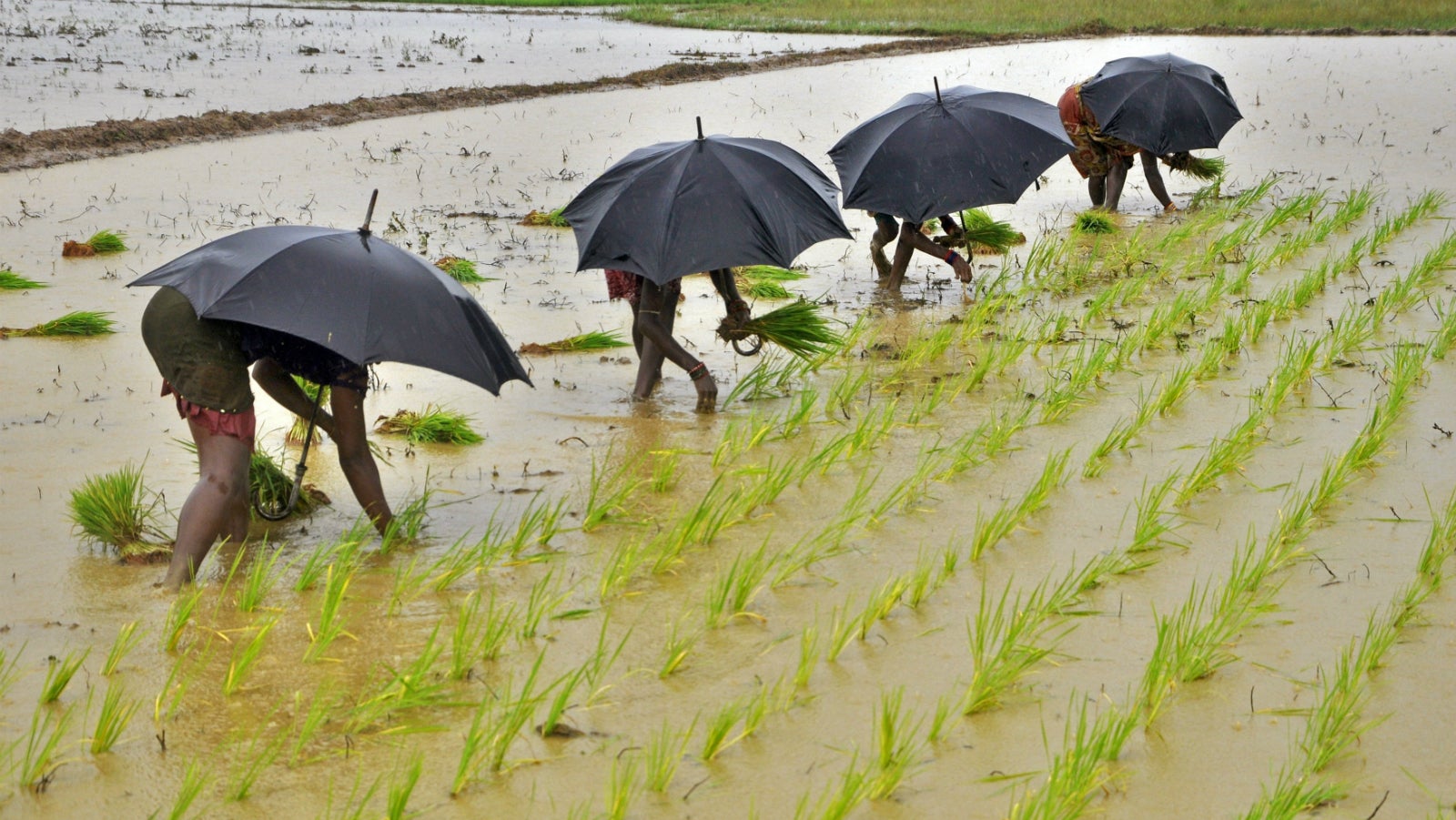Beating the gods: India will spend $60 million on a supercomputer to predict the monsoon
After decades of statistical juggling, India is preparing to go hi-tech with weather forecast.


After decades of statistical juggling, India is preparing to go hi-tech with weather forecast.
Millions of lives—119 million in the farming sector alone—are dependent on monsoon rains, which account for 70% of the precipitation the subcontinent receives every year. Correctly foretelling the monsoon has become all the more critical in recent times, with India suffering frequent and acute droughts.
In order to improve the precision in monsoon forecasts, the Indian government will invest $60 million (Rs400 crore) on a supercomputer. This new technology will be similar to models currently used in the US, Reuters reported on June 8.
The computer will “generate three-dimensional models to help predict how the monsoon is likely to develop,” the Reuters report added.
“If everything goes well, by 2017 we’ll make this dynamical model operational by replacing the statistical model,” M Rajeevan, India’s earth science secretary, told Reuters. “In the last one decade we’ve gained a greater degree of precision in forecasting rains, but monsoon still remains a very complex weather system, which only god has the ability to understand fully.”
Accuracy
Indeed, so important, yet unpredictable, are these annual rains that even finance ministers have sometimes openly prayed for the rain god’s benevolence.
Historically, predictions by both India’s public forecaster, the India Meteorological Department (IMD), and its sole private counterpart, Skymet, haven’t commanded much confidence.
Both missed the 2009 drought—the worst India had seen in four decades. For 2015, Skymet predicted a normal monsoon while IMD predicted a drought. Eventually, there was a 14% shortfall in rainfall.
The new system, Asia’s third-largest economy hopes, will change this uncertainty.
“We want to make meteorological predictions much more accurate. Climate is a big concern and we want to start looking at more regions and do a lot of research and develop more models to understand weather conditions better,” Laxman Singh Rathore, the director general of IMD said.
Currently, India hires private aircraft or uses weather balloons to study the atmosphere, and make predictions. These weather balloons provide data on wind direction and speed, temperature, humidity, dew point, and other atmospheric factors.
Much of IMD’s predictions are based on these complex statistics, which it also receives from radars, observatories, satellites, weather office, and historical data. To improve data collection, India also plans to purchase a dedicated aircraft for weather forecasting experiments.
Forecasts and the economy
Research has shown that forecasts affect agricultural productivity and income (pdf). In 2013, Mark Rosenzweig and Christopher R Udry of the Cambridge, Massachusetts-based National Bureau of Economic Research, studied Indian rainfall forecasts (pdf) and the impact on farmers. They found that ”Indian forecasts significantly affect farmer investment decisions.”
“The ability to predict one or two months prior to the sowing season is very important in agriculture, which inherently is very volatile in nature,” explained Saugata Bhattacharya, chief economist at Axis Bank. He added that these forecasts, coupled with real-time tracking of soil and moisture conditions, will help farmers in planning insurance too.
Over the past two years, India has seen two consecutive droughts, taking a heavy toll on agriculture, which forms about 16% of the country’s GDP. In the 2014 and 2015 fiscals, the sector grew 0.4% on an average—much below the long-term trend of 3%, according to credit rating agency Crisil. In fiscal 2016, agriculture grew 2.3%.
Low output leads to rise in food prices, and inflation—an important indicator of the interest rate trajectory.
A better forecast means a boost of around 15% to the farm output, experts told Reuters. “It will also help the government to determine the minimum support prices for crops,” Bhattacharya said.
But, whether technology and nature will complement each other is nobody’s prediction.